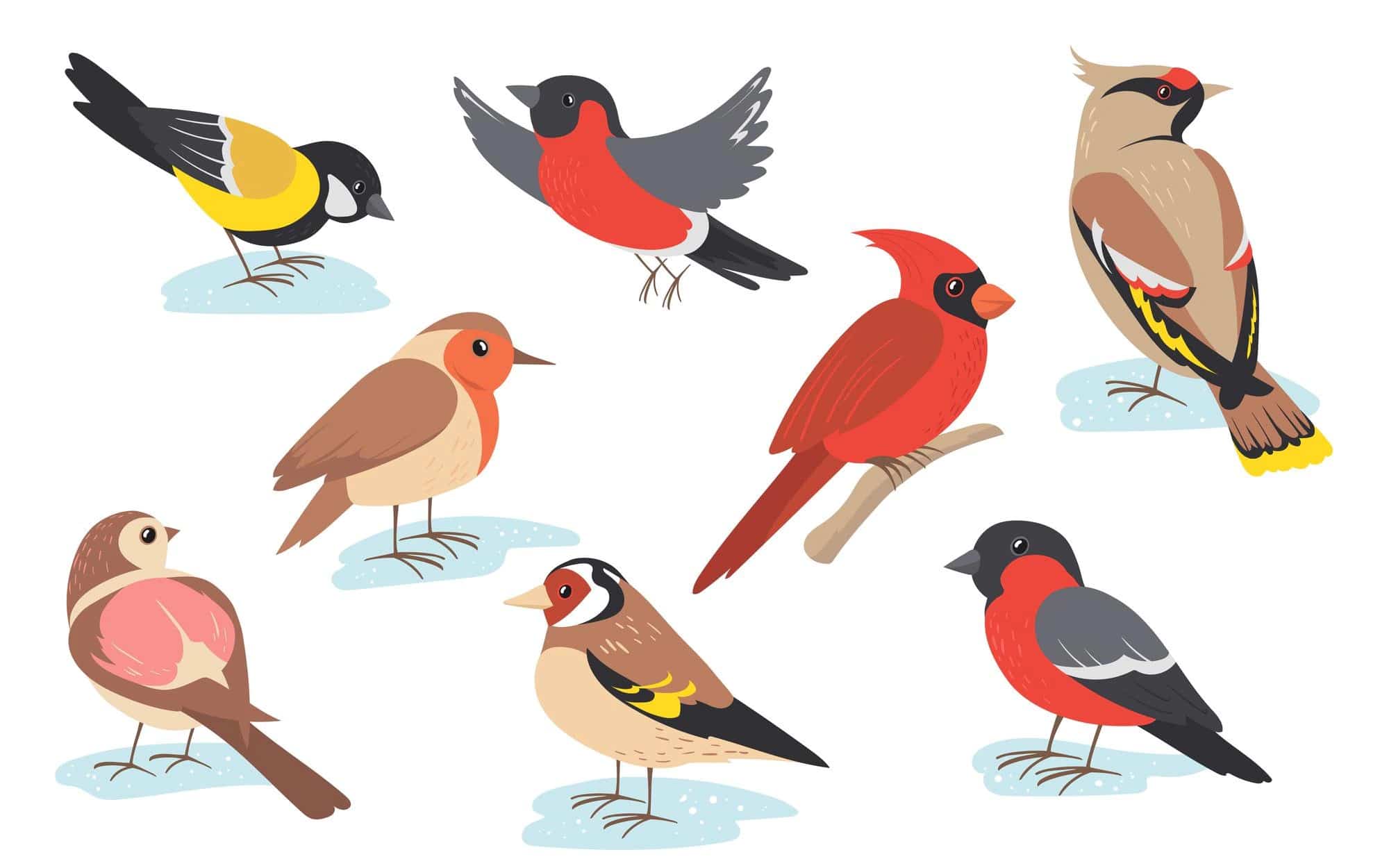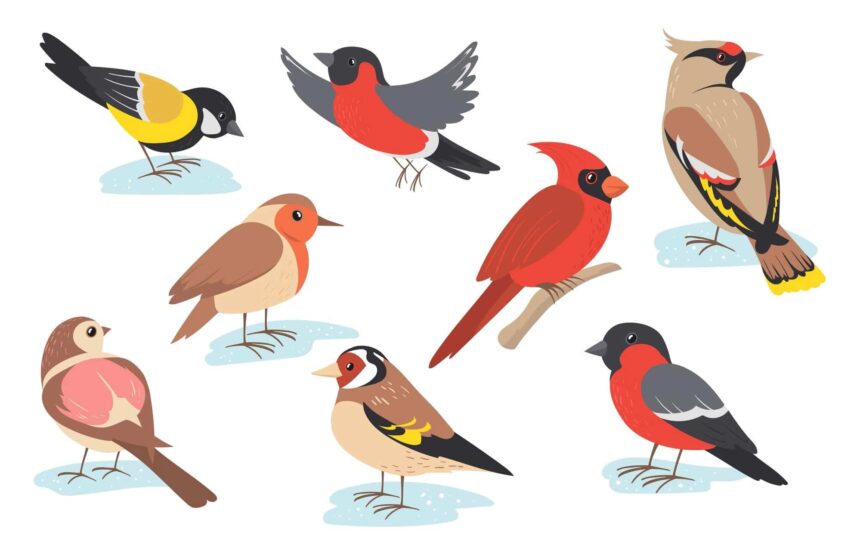
Introduction: AI and bird population
AI and bird population studies are helping scientists research how birds respond to fires and measures to help them. Scientists in California conducted a study of bird songs to determine how birds responded to wildfires in the Sierra Nevada mountain range and to determine which measures helped the birds recover faster. Researchers are currently analyzing a million hours of audio to gain insight into how birds responded to the fires and to find out which measures helped the birds recover.
AI powered song writer
The soundscape can also be used by scientists to analyze shifts in the timing of migration and to identify global patterns in population ranges, according to a recent news item in Scientific American. Increasingly, audio data is coming in from other projects as well, including a sound-based project to count insects and study the effects of light and noise pollution on bird communities that is underway. This method has helped with AI and bird population studies.



